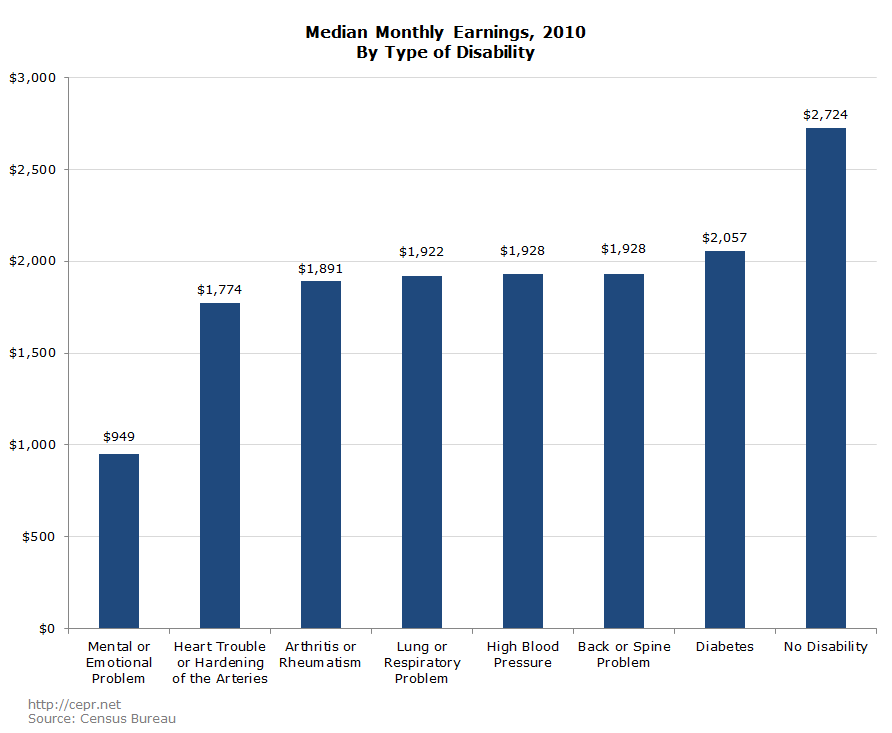October 28, 2015
The Social Security Disability Insurance (SSDI) program is expected to completely deplete its trust fund by late 2016. If the program’s funding isn’t increased, benefit cuts of about 20 percent will automatically go into place.
In the past, Congress has reallocated revenues between Social Security’s Disability Insurance fund and its Old Age and Survivors Insurance (OASI) fund when one program was facing financial difficulties. Reallocating funding from the OASI fund to the DI fund would not significantly impact the solvency of the OASI fund: while the OASI trust fund has a projected reserve depletion date of 2035, the combined Old Age and Survivors Insurance and Disability Insurance (OASDI) trust fund has an expected depletion date of 2034. This means that keeping the DI trust fund solvent for another 18 years would decrease the solvency of the OASI fund from 20 years to 19 years.
Nonetheless, some members of Congress have insisted that the program undergo serious cuts. They argue that many of the people receiving SSDI benefits have minor disabilities such as back pains and anxiety that don’t truly prevent them from working or significantly decrease their earnings.
This argument is dubious for two reasons. First, back pain and anxiety are actually not common causes of disability for those receiving SSDI benefits. A second and less widely cited reason is that these types of disabilities actually do significantly reduce workers’ earnings. Data from the Census Bureau indicates that in 2010, the median earnings of workers reporting back problems were 29 percent lower than the earnings for persons without a disability:

This suggests that back problems shouldn’t be laughed off as a serious source of disability. It turns out that back injuries reduce workers’ earnings about $800 a month on average, and this is among those who are able to work and have a job. For people with not just back injuries but with severe back injuries, lost earnings are likely even greater. This suggests that the people receiving SSDI who report back problems likely would have very serious difficulty working. This is not just the sort of back pain that everyone gets in their middle age.
For more information on why workers are turning to the SSDI program, see CEPR’s recent report: Rising Disability Payments: Are Cuts to Workers’ Compensation Part of the Story?






